Grant proposal writing is one of the most commonly used strategies in fundraising. The basic components of a grant proposal include the following:
Project Title
The title covers main areas/focus/target and needs to be coherent / consistent with the project description.
Proposal Summary
The Abstract/Summary condenses the proposal into a one-page document. It should show the importance of your project to your organization, and provide
The Organizational Overview
The Organizational Overview introduces your organization to the funder.
Statement of the Problem
- State the problem or issue that will be addressed by your grant proposal. This is a statement that clearly conveys the purpose of the project.
- Information can be gained from a literature search or surveys/questionnaires your group may have conduced.
- Statistics should be presented in a concise, organized manner and should demonstrate accurate and relevant information.
- Cite the source of the information or statistics you use.
The Project Details
This is the flesh of the proposal, the section in which you describe your project. It includes goals and objectives, target group, geographic area, project activities, implementation plan, evaluation.
Goals and Objectives
Goals are the large statements of what you hope to accomplish but usually aren’t very measurable. They create the setting for what you are proposing.
Objectives are operational, tell specific things you will be accomplishing in your project, and are very measurable.
Project Beneficiaries (Target Population)
Provide information on the group that will benefit from this project and how you plan to involve them.
- Exactly who are the beneficiaries? Who is included in this group?
- In what ways have you already had contact with the beneficiaries?
- Can you show that you have the support of the target group to move ahead with the project?
- In what ways have members of the target group been involved in the preparation of the proposal?
Project Administration
Use this section to describe the roles of the different people associated with your project and the importance of each.
Make sure to clarify how each of the roles are essential to the success of the project and each role clearly relates to operationalizing the methods you have described.
Project activities
- The Major Question: What activities are you planning to meet your goals and objectives?
Project Implementation
Project implementation is characterised by key tasks of the project manager responsible for the project. These tasks can be summarised as:
- producing a work breakdown structure which assigns responsibilities to each project team member;
- scheduling project activities and establishing time frames for attaining project milestones;
- ensuring the efficient and effective utilisation of resources allocated to the project; and
- Monitoring and controlling progress in attaining project objectives.
- Arrange the project in terms of manageable components;
- Effectively co-ordinate various project activities; and
- Obtain time and cost schedules for the project.
Project Evaluation
An evaluation is a way to measure success, to determine what went well and what didn’t, and to reflect on how you could do things differently. This is important to your organization, and funders like to know that their dollars make a difference in the community. Presenting a well-thought out evaluation plan shows funders that your group is prepared to be accountable for the project.
Project Sustainability
This is information about how the project will continue to thrive outside donor support. Here you need to explain how you intend to fund project activities outside donor funding.
Budget
Make your budget realistic. Carefully think through exactly what you will need from the funding agency to carry out the project and establish your budget around this amount. (Do not forget, funding agencies receive lots of requests for funding. They can easily tell when someone has inflated a budget in order to procure funds for other purposes. Don’t get caught in this situation.
Budget for revenues
A complete budget should have both revenues and expenses.
- Revenues should include all sources of funding for the project, including the value of volunteer time and in-kind donations, such as land for the project, equipment and material donations.
Budget for expenses
Check with the agency to see if they have suggested/required budget categories that they want you to use. If the potential funding agency doesn’t have any suggested/required budget categories, organize your budget around a set of meaningful categories that work for the project you are proposing.
- Categories that you may want to consider for itemizing your budget are: Personnel (salary and benefits), Consultants (salary), Equipment, Supplies, Communication telephone/postage), Materials preparation, Travel, Rental of facilities, Evaluation, Other expenses, Indirect costs (costs that your organization requires).
Appendices
Appendices should be devoted to those aspects of your project that are of secondary interest to the reader. Begin by assuming that the reader will only have a short time to read your proposal. Then, assume that you have gotten the attention of the reader who would now like some additional information. This is the purpose of the Appendices.
Some possible sections to include in the Appendices:
- Recommendation Letters, Banking Information, Legal Status and Profile of the project manager.
